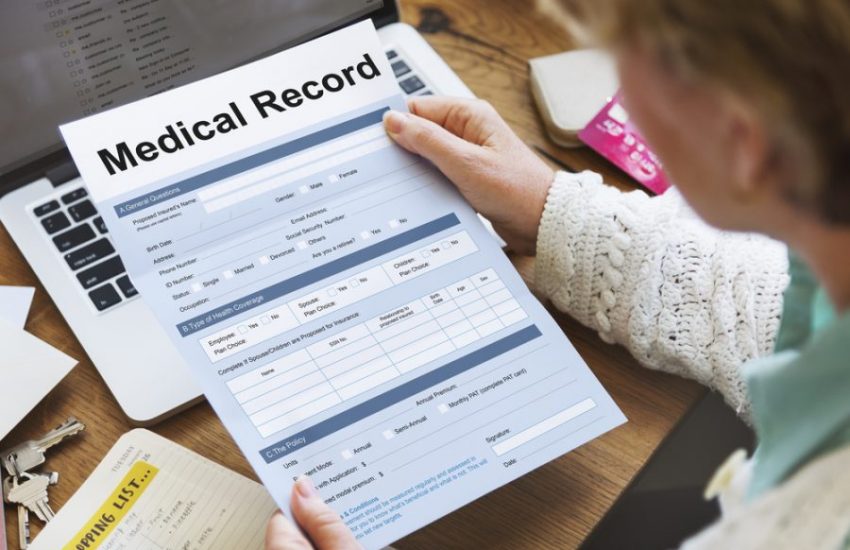What to do when diagnosed with gallstones
Gallstones are pieces of solid material that get formed in the gallbladder, a small organ located under the liver. Bile is produced in the liver and transferred to the gallbladder where it stored and concentrated. This helps with the digestion of fats and absorption of vitamins by releasing the liquid into the intestine. Gallstones develop when bile stored in the gallbladder crystallizes. The size of gallstones can range from being a grain of dust to as big as a golf ball. It is possible for you to not even realize that you have gallstones until it blocks a bile duct and causes you acute pain. There are primarily two types of gallstones:
- Cholesterol stones – Usually yellowish-green in colour, these are the more common type of gallstones, accounting for up to 80% of cases.
- Pigment Stones – These are darker and smaller in size. They are constituted of bilirubin that comes from bile.
More often than not, the treatment of gallstones is considered important only when the symptoms begin to trouble you. Your doctor will suggest that you stay alert for symptoms such as intense pain in the upper right abdomen.
In most cases, patients go for surgical removal of the gallbladder. However, there are also alternative treatments available that that may treat you without requiring surgery. One’s gallbladder does not necessarily need to be removed and removing it does not necessarily hamper the patient’s ability to digest food. However, in some cases it may cause a bad case of temporary diarrhea or frequent indigestion.
Based on your specific condition, your doctor will recommend any of these three primary courses of action: watchful waiting, surgical removal or nonsurgical therapy.
Watchful Waiting
Dealing with gallstones may turn out to be extremely painful or even scary. Gallstone attacks are when the stone blocks your bile duct and thus causes acute pain. In many cases, the stone becomes silent again by either dissolving itself or becoming dislodged. Since it is possible for the problem to go away by itself, many physicians would recommend that the patient wait to see how the situation pans out prior to taking a surgical decision. Additionally, one’s surgery may be delayed or stalled due to interference from other health conditions. In this case, it is extremely important for one to stay in close touch with the doctor and keep them informed about all your symptoms – big and small.
Surgical Removal
Based on the intensity of symptoms and your body condition, the doctor may suggest that you surgically get your gallbladder removed. This is especially important if there is a high chance of gallstones recurring. After your gallbladder is removed, bile will flow directly from the liver into the small intestine as opposed to getting stored in the gallbladder. The surgical treatment may be of two types:
- Laparoscopic cholecystectomy
This is the more common route taken. The surgeon uses light, a camera and instruments using multiple small cuts that are made in the belly. A video monitor is used to remove the gallbladder and the patient is usually released to go home the same day.
- Open cholecystectomy
In this case, the surgeon makes relatively larger cuts in the belly in order to remove the gallbladder. The patient may be required to stay in the hospital for a few days.
No matter the type of surgery, you must be extra careful to follow post-operation instructions and avoid any type of infection (especially if its open cholecystectomy). Among bactigras dressing uses is the important function of keeping cuts clean and avoiding wound infection.
Medical Therapy
Incase your medical condition does not allow or the gallstones are too small, the advisable course of action is to take Ursodiol (Actigall, Urso), to prevent the development of gallstones. Ursodiol is used to dissolve only those gallstones that are made of cholesterol. It is possible for the treatment to take several months before final results become evident.
There is no way to definitely prevent gallstones unless the gallbladder is removed. Nevertheless, by eating three well-balanced meals a day, maintaining your weight and exercising regularly could lower the risk of recurring gallstones. Remember that women are known to be at a greater risk of developing gallstones because of the effect of female hormones. In terms of medication and supplies, only depend on reputable online retailers such as Smart Medical Buyer. From peritoneal dialysis catheter to regular medication, everything is available at the tip of your finger and delivered right to your doorstep without any hassle.
Summary
Gallstones are pieces of solid material that get formed in the gallbladder. Gallstones develop when bile stored in the gallbladder crystallizes. Based on your specific condition, the right treatment would be to wait watchfully, get the gallbladder surgically removed or continue medication.














